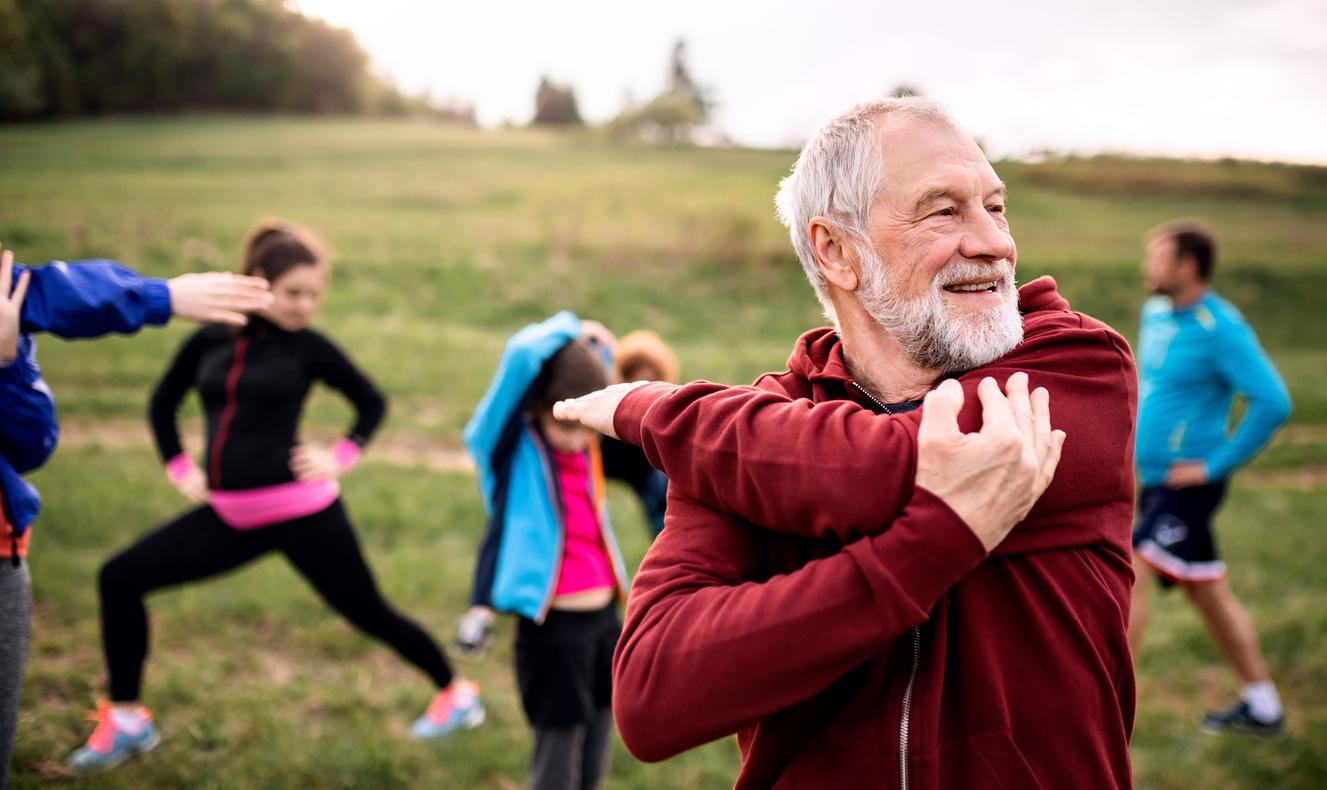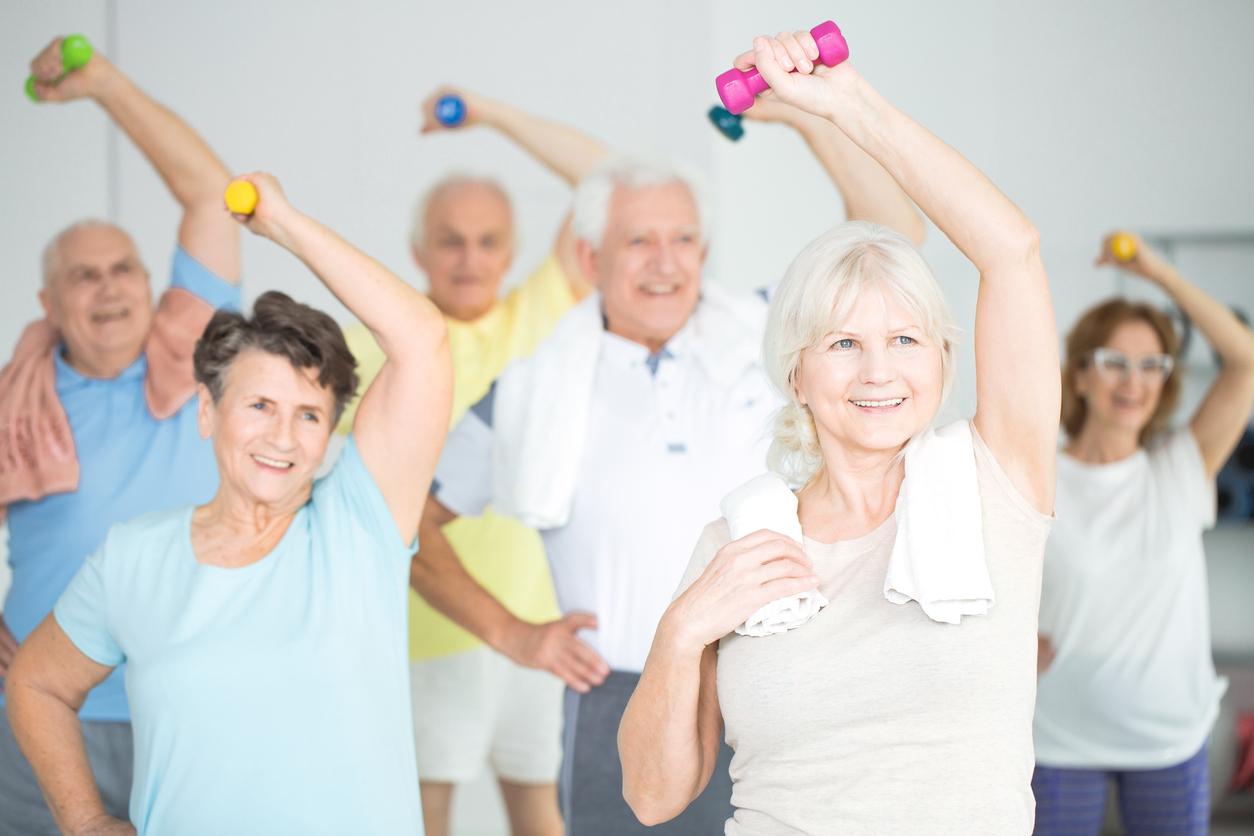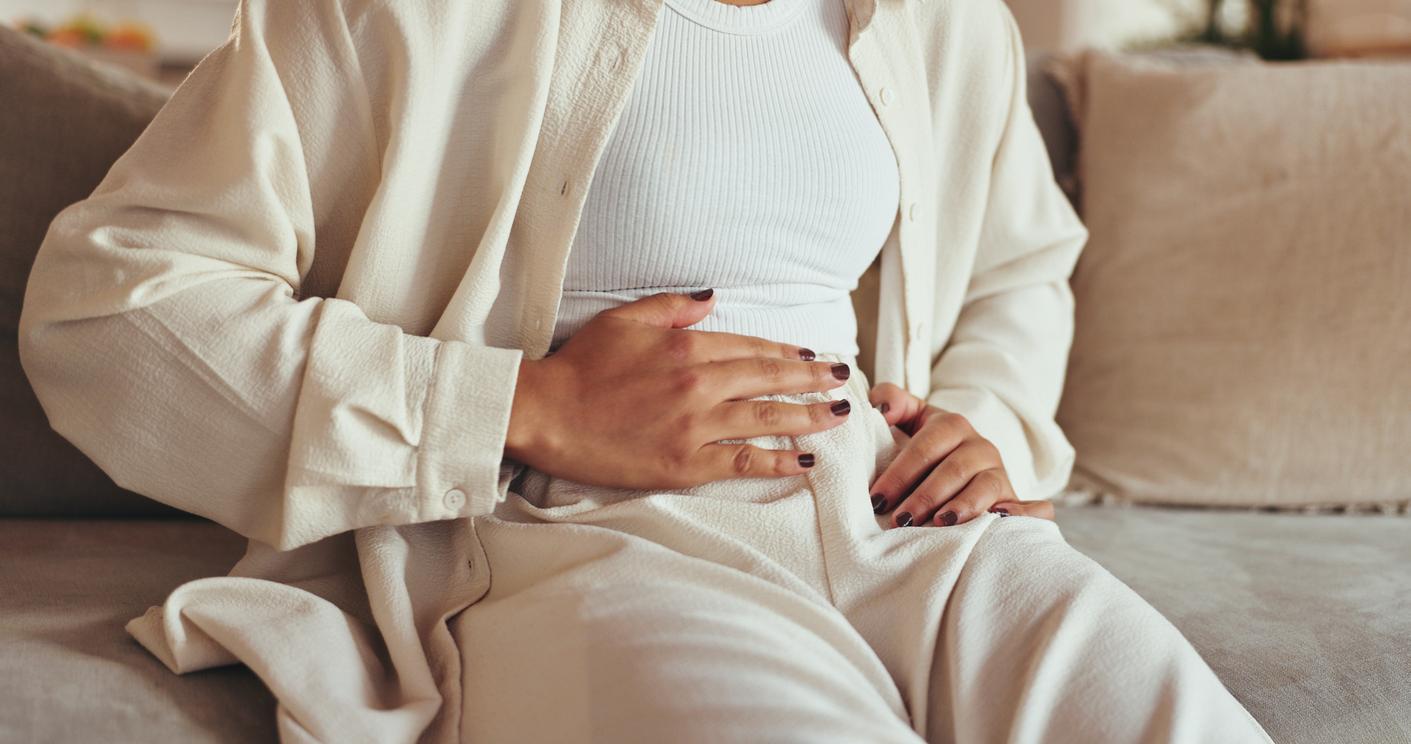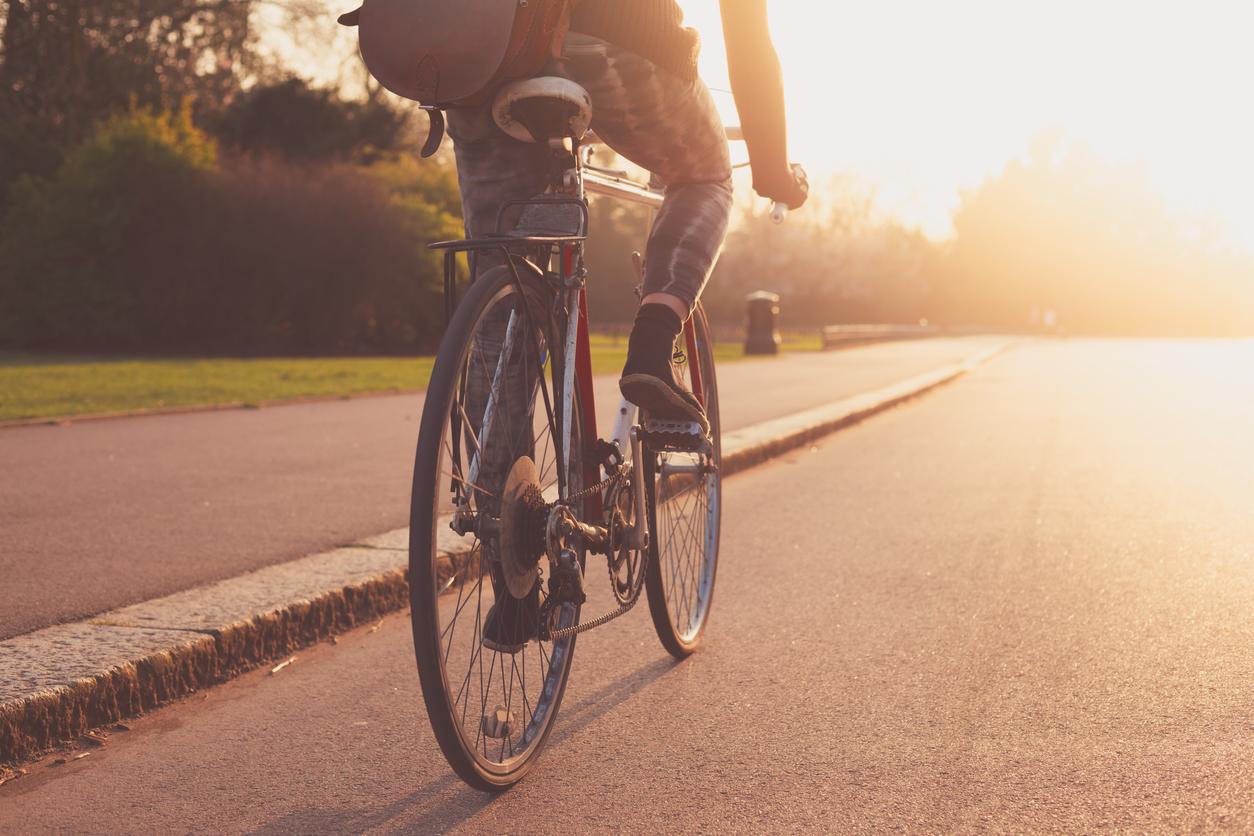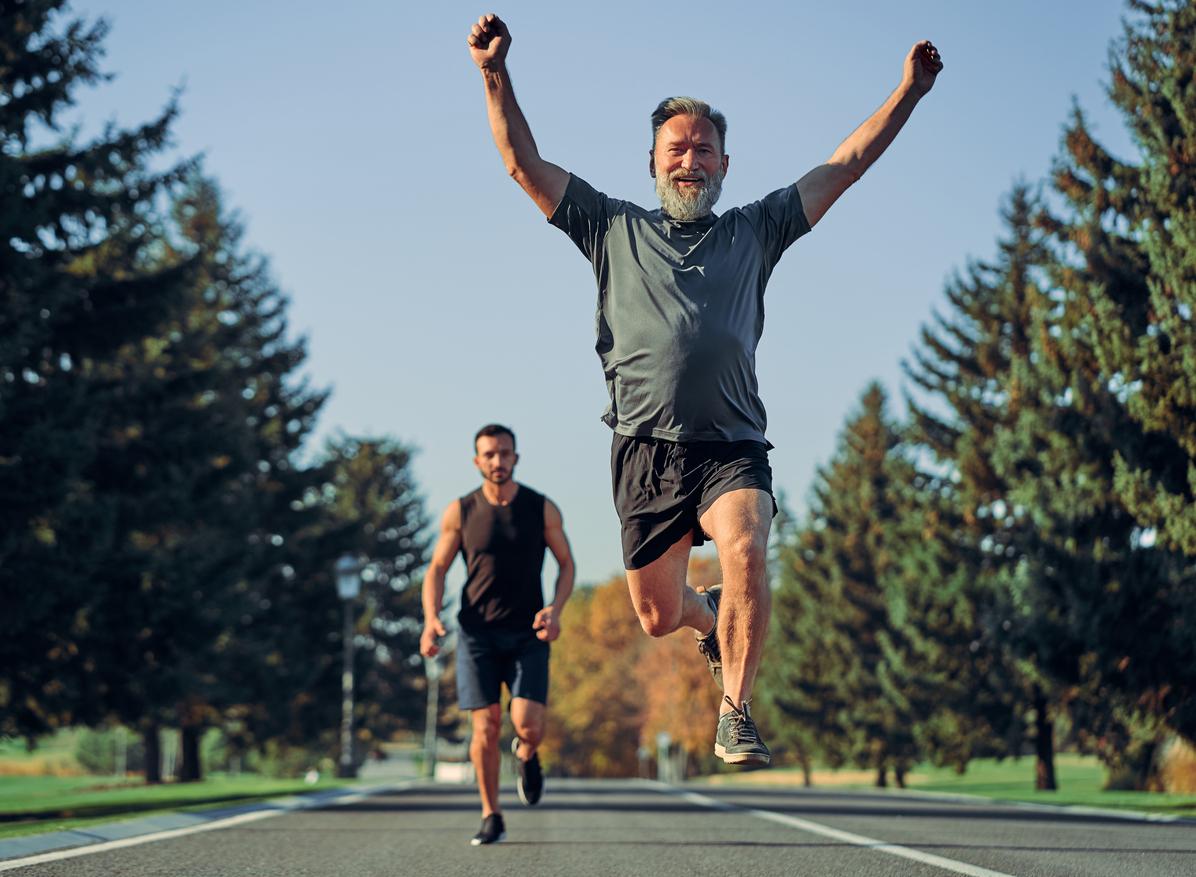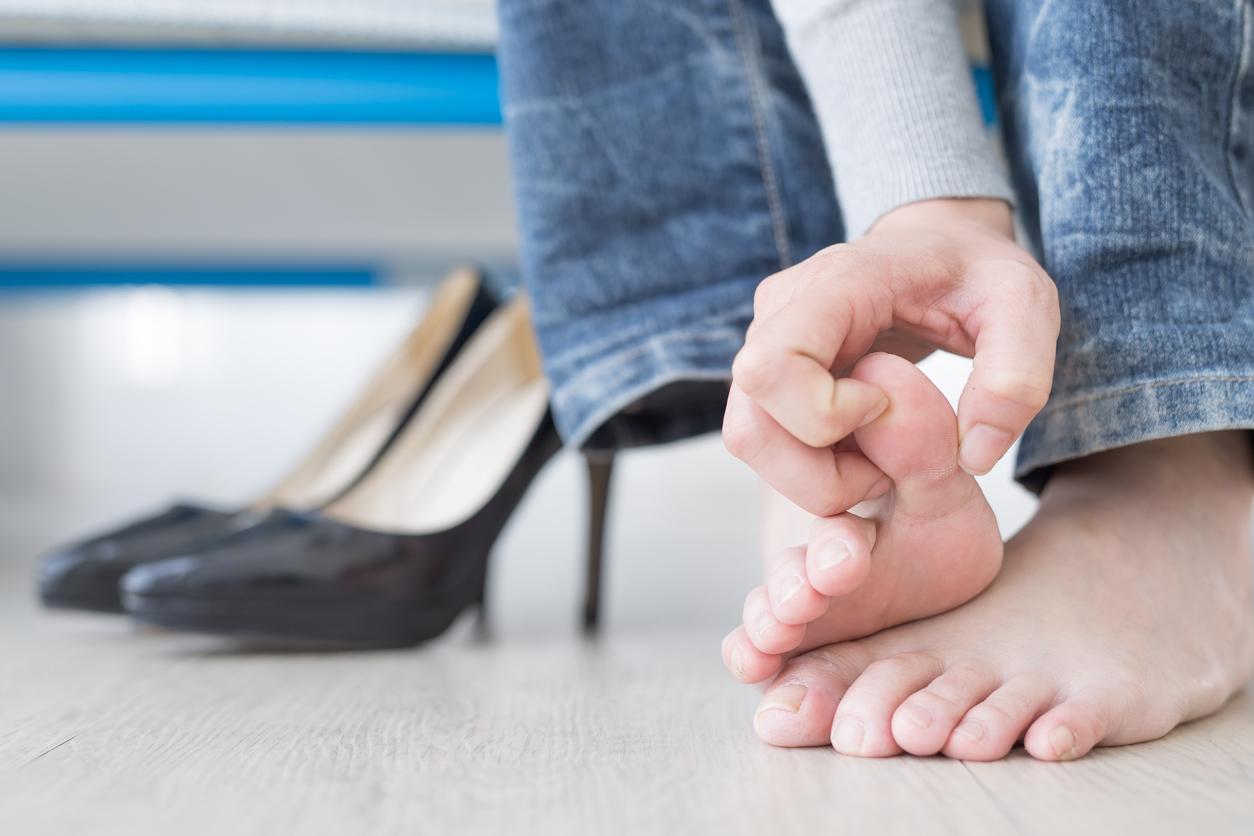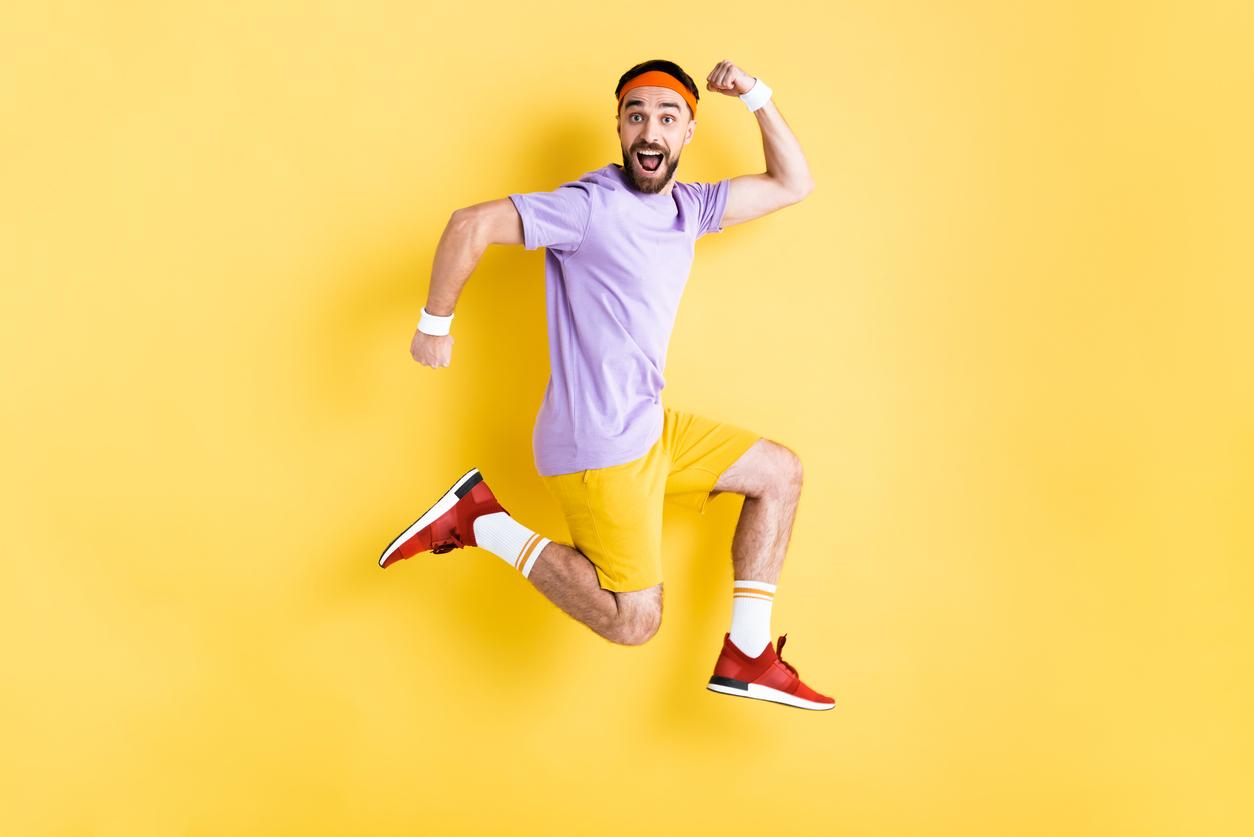According to a survey by the French Foot Health Union, 2 out of 3 French people suffer from foot problems, 30% of which are caused by a poor choice of shoes.
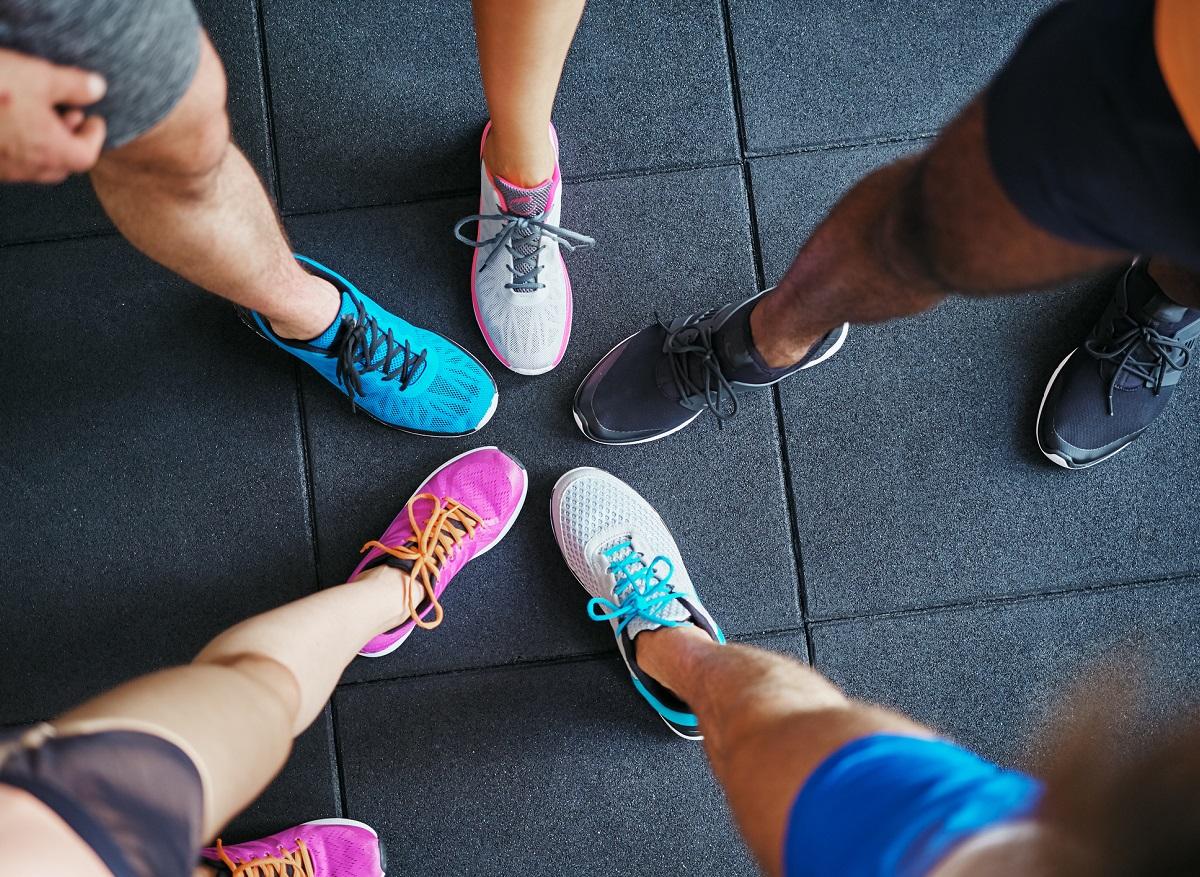
- Choosing the right shoes is crucial to avoid foot pain and problems, as shown by the 2 out of 3 French people who suffer from foot problems due to poor choice of shoes.
- It is important to take into account the morphology of the foot (Egyptian, Greek, square) and to try on the shoes at the end of the day, when the feet are most swollen.
- Shoes should be comfortable from the start, without pressure points, and choosing suitable, quality sports shoes is essential to avoid injuries.
The first step towards choosing the right shoes is to understand the morphology of your foot. There are three main types.
Greek foot or square foot?
The anatomy of the foot is of considerable interest for footwear. According to experts, to avoid, for example, the appearance of corns or calluses, we must first think about the morphology of our feet. It is mainly because women tend to wear shoes that do not respect the anatomy of the foot that they have more pain than men.
49% of French people have the Egyptian foot, that is to say with the big toe which is the most forward. Conversely, 40% have the Greek foot (second toe, starting from the big one, larger than the others) and 11% have the square foot, with the first three toes of the same size.
With the Egyptian foot for example, when choosing hiking shoes, we will have a predisposition to developing hematomas under the nails. This is therefore a criterion that must be taken into account.
Same precaution with the Greek foot, especially for women’s shoes, because the big toe does not work enough, since its anatomy does not allow it. The 2nd toe, over time, risks retracting into a claw and developing calluses.
Buy at the end of the day
Podiatrists advise shopping for shoes at the end of the day. This is when the lower limbs are most swollen and the foot is most tired. Especially in women, at the end of the day, there can be an increase of 8 to 12% in the volume of the foot.
To choose the right shoes, it is also important to take the time to try them on, but also to observe them. Not to convince yourself that they match your handbag, but especially to take the time to observe the inside. The goal is to ensure that they will not cause pain when used, due to a poorly placed seam or a manufacturing defect. So before buying, we carefully run our hand inside to make sure that there is nothing that will cause an injury.
This is particularly important for diabetics who fear foot wounds that could become infected and lead to amputation of a toe.
It’s up to the shoe to get used to the foot…
…And not the other way around, as some salespeople sometimes claim. We often hear: “Don’t worry, your foot will get used to the shoe.” Well, no! According to podiatrists, you should feel comfortable in it from the start, not cramped. The foot should be able to move a little and the toes should not be compressed. In children as in adults, there should be no pressure points.
From the very first steps, the walking sensations should be good. By the way, a little tip to be absolutely certain that you have the right size: you should always be able to pass your little finger between the heel and the counter of the shoe. If this is not the case, you risk having pain or foot problems.
Sport shoes
First criterion of choice, your weight. The higher it is, the thicker and more resistant the sole must be.
There are multisport shoes that will therefore be good for physical activity in general. But if you are more into off-road walking, jogging or even cycling or are a fan of wetlands, get advice from a specialist store.
It is said that the normal lifespan of a shoe does not exceed a few hundred kilometers. Be careful because, as wear is gradual, we do not really notice it.
It is the qualities of the sole that are to be assessed and their cushioning function, not the external wear, which comes later. Six to eight months of use, 3 times a week, is a maximum lifespan.
Finally, whatever physical activity you choose, buy a shoe that is one size larger than your usual foot size.
Socks
The shoe’s favorite accessory is the sock; you have to take the same care when buying it as you would with shoes, choosing cotton, even if it is more delicate to wash, which behaves well, whatever the temperature.
The trend of teenagers wearing only sneakers is worrying, even if it is a subject that makes doctors seem old-fashioned to teenagers. But we are preparing for generations of flat feet. Once a week, trying to impose other shoes would be enough.
Feet are hurting
When we say “foot pain” and “shoe problem”, we immediately think “high heels”! However, pumps are not always the cause. According to specialists, small ballet flats, for example, are just as, if not more, harmful to the health of our feet. These flat shoes provide no support or cushioning to the arch of the foot. We are therefore more at risk of tendonitis…
For the well-being of the feet, the advice would ultimately be, “neither too high, nor too flat”. Moreover, for women, according to podiatrists, the ideal everyday shoe has a heel of 2 to 5 cm. 2.5 cm max for men, 4.5 for women.
There is also a slightly crazy cosmetic surgery that adapts feet to stiletto heels, a procedure that is in vogue across the Channel, called “Loub Job”, in reference to a famous brand of shoes with very high heels. It may seem extreme, but some English women addicted to stiletto heels have collagen injections under their feet. More precisely in the heel and under the toes, to create a cushioning effect and thus avoid having sore feet, even with 12 cm heels.








